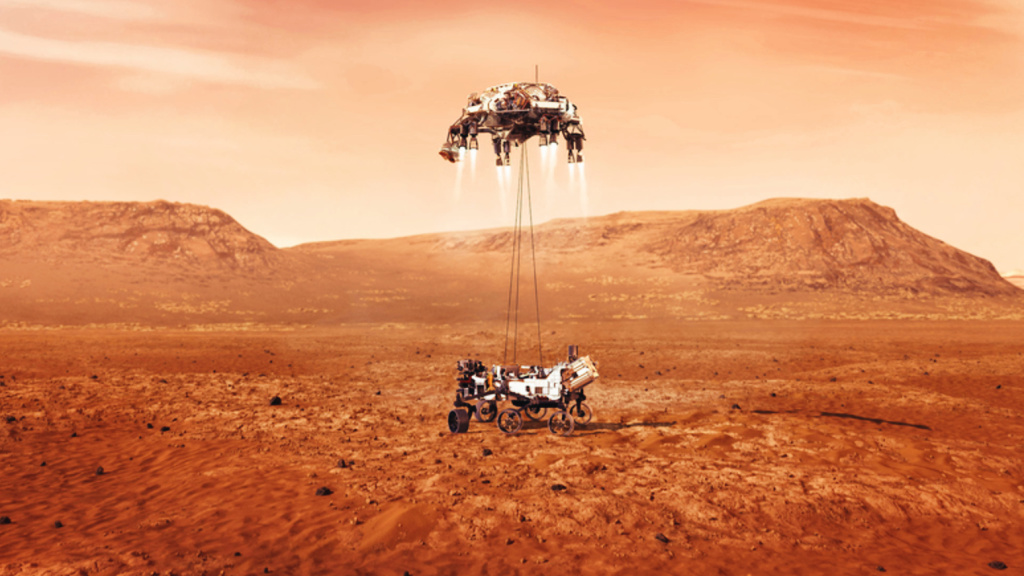
The rotorcraft, designed to claw into the thin Martian air with four 1.2-metre-long carbon-fibre blades spinning at 2,400rpm, could serve as a “pathfinder” to discover inaccessible areas or as a scout for future rovers. Ingenuity – a diminutive 1.8kg drone-like helicopter attached to the rover’s belly – has also been checked out and had its batteries charged for the first time, Samuels said. Looking ahead, further testing will be done, including wiggling the rover’s wheels, deploying its robotic arm, as well as a short drive, she added.

“And … everything came back exactly how we’ve been wanting it to.” Over the weekend, said Jessica Samuels, the rover’s surface mission manager, scientists executed 5,000 instructions for the vehicle to perform in the hostile environment of the cold, dry, planet. Perseverance was pronounced “healthy” by Nasa scientists.

“The video, I believe, should become mandatory viewing for young people who don’t only want to explore outer worlds, and build spacecraft to take them there, but also want to be part of diverse teams achieving all the audacious goals of our future.” “The amazing panorama and the first … landscape shot of the Jezero crater seen with human eyes and the first Martian sounds are the closest you can get to landing on Mars without putting on a pressure suit,” said Dr Thomas Zurbuchen, Nasa’s associate administrator for the science mission directorate. 🎧 #CountdownToMars- NASA's Perseverance Mars Rover February 22, 2021 Grab some headphones and listen to the first sounds captured by one of my microphones.


 0 kommentar(er)
0 kommentar(er)
